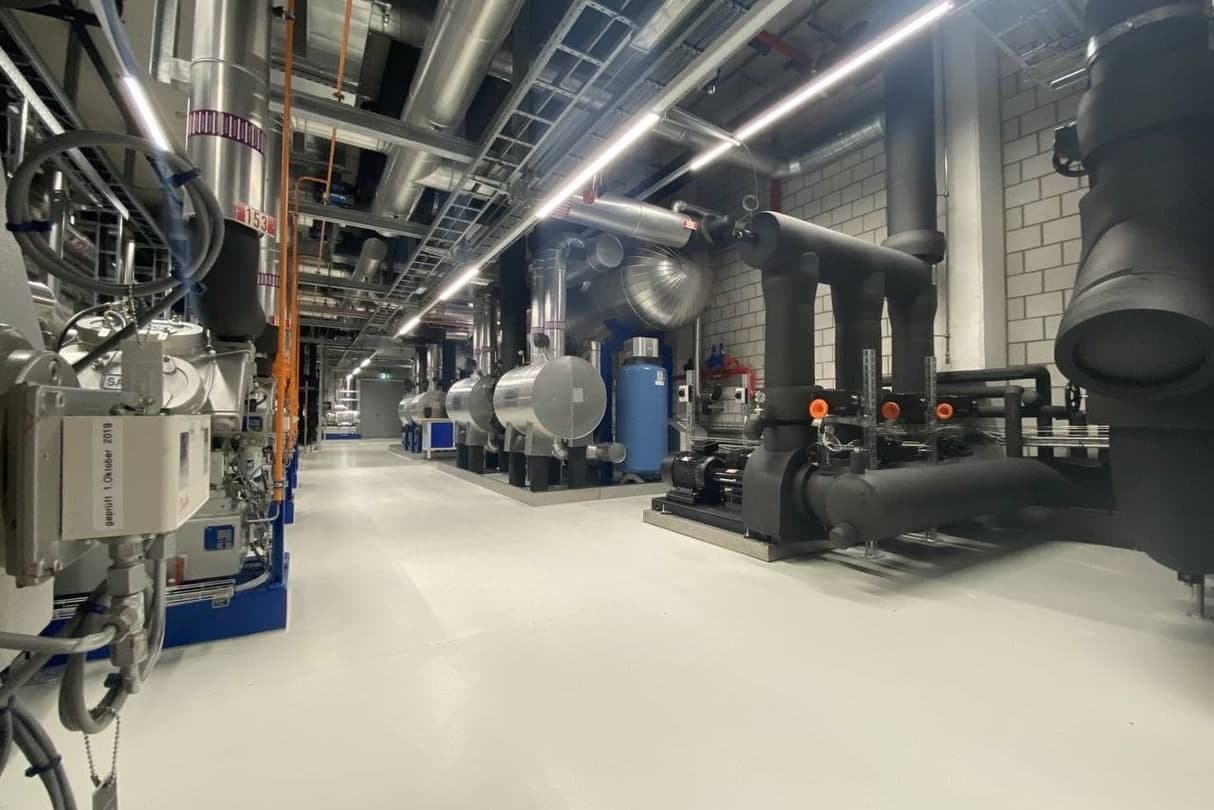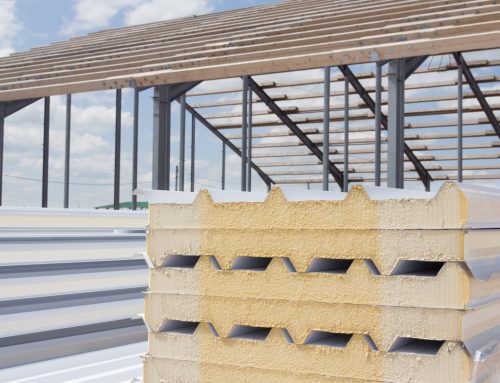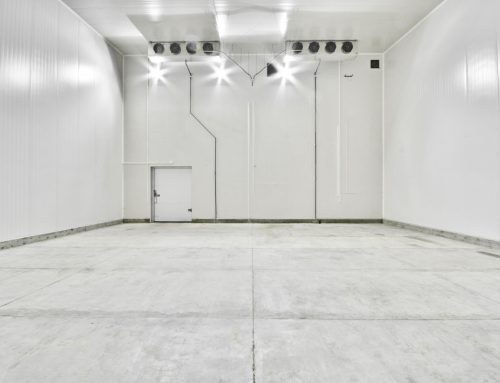Did you know that cooling takes up to 60% of the total operating costs of an industrial enterprise?
Cooling system efficiency is a priority for production.
However, attempts to optimize individual components of refrigeration systems and the use of a fragmentary approach to optimization lead to energy loss and reduced energy efficiency.
Let’s review the steps needed to achieve maximum energy efficiency, which we use at the stage of designing refrigeration systems and selecting equipment for our customers.
1. Optimization of settings:
The condensing pressure and suction pressure must be optimal to maintain the required temperature. Reducing the condensing temperature by 1 degree saves the compressor’s power consumption by 1.5-3%.
2. Selection of compressors must meet the estimated parameters.
For example: using compressors of different types and sizes, and connecting them in the correct sequence for the optimal load on the machines is the right practice. You can also use several compressors of the same type and size, which will be assembled in one control panel. During “peak” loads, ice accumulators are used.
3. Installation of frequency converters on the compressor.
An FC is intended for smooth regulation of cooling productivity according to necessary thermal loading of the system. Installation of an FC allows smoothing changes of loading in a wide range. In addition, an FC can increase the performance of the compressor.
4. Installation of frequency converters on condenser motors.
The use of FC on condenser motors can stabilize the air pressure and avoid frequent engine starts. At the same time fans can change speed to avoid stops and not to start them constantly (it demands additional energy and leads to mechanical wear). The greatest return from the FC will be for systems with variable loads.
5. Application of “floating condensing pressure”.
Depending on the ambient temperature, the condensing pressure changes. This can be useful to maintain the ideal temperature for the operation of refrigeration equipment. Higher condensing temperatures require the compressors to run harder. It is important to find the optimal break-even point at which condensers and compressors together use the lowest overall power requirements.
6. Use a fully integrated automation system.
The operation of the equipment with a fully integrated automation system will ensure efficiency and automate consumer temperature control. Automating defrost cycles at different times can lead to significant energy savings. The automatic system can perform calculations and adjustments automatically, while the manual system requires constant operator attention, is more influenced by the human factor and will respond to changes in the system more slowly.
7. Installation of a system of monitoring and equipment dispatching at the facilities.
This system allows you to control the cooling temperature or any other parameters of the equipment operation from anywhere in the world (Internet access), quickly adjust the functioning parameters of any unit of equipment on which the controllers are installed, receive information about failures of cooling systems and make timely decisions on system maintenance. All these allow avoiding failures in the operation of refrigeration equipment, which entails the inevitable loss of funds.
8. Thawing with hot steam.
This reduces equipment wear and defrost time compared to electric defrost. There is no additional energy consumption for the process of thawing of the evaporators, because in this method the thawing occurs due to the utilized heat from the operation of the refrigeration unit.
Relevant articles




